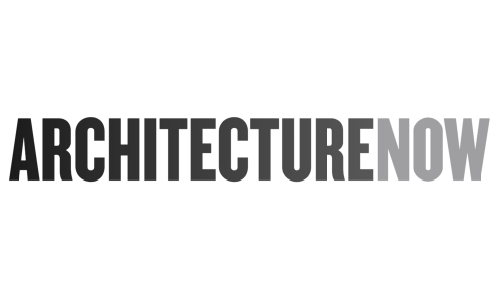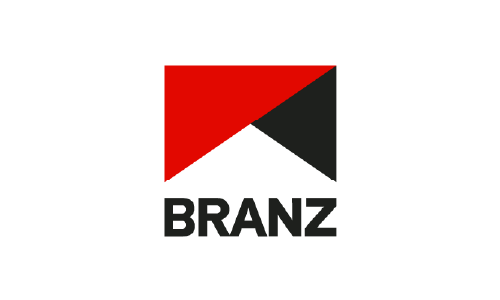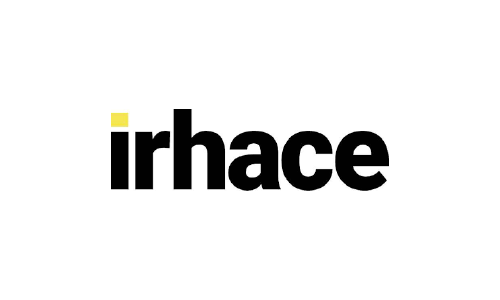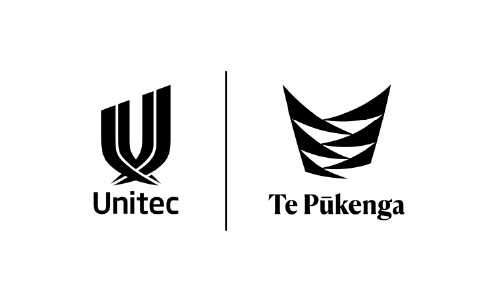Spotless Seminar Series

Attend the free Spotless Seminar Series to upskill and expand your knowledge on topics showcasing the latest trends and insights within the facilities management and system integration industries.
Seminar seating is on a first come, first served basis.
Visitors must be registered to attend the free seminars.
- All
- Tue
Tuesday 26 September
THE FUTURE OF CONTRACTOR MANAGEMENT
10:30am-11am
HealthSafe's SecurePass supports today's Facilities Manager's by ensuring approved contractor access only to your property whilst receiving site specific health and safety information to their smartphone, using geo fencing technology of the premises.
SecurePass also validates insurances and licences on sign in and once the contractor leaves, they are automatically signed out. If contractors find themselves in trouble, they have the ability to alert the business by simply shaking their phone!
SecurePass was created with the experience in Facilities Management at a national level here in New Zealand and working within some of the most challenging environments of the last eight years.
SecurePass - The future of visitor and contractor management.
TRENDS IN WORKPLACE DESIGN
11:30am-12:30pm
Chris joins us from the United States to talk about workplace design trends in the San Francisco Bay area to draw inspiration from. With his extensive experience and expertise in office and retail space, Chris has worked on many Silicon Valley projects.
Chris will concentrate on some recurring themes that have come up in many of these workplace projects such as adaptive reuse of older buildings, creative customisation on a budget for start-ups and strategies for anticipating business growth and change.
PPPs SUCCESSFUL MOBILISATION AND EARLY OPERATIONS
1pm-1:45pm
Stephen McIntyre, Spotless Executive GM for PPP Health & Aged Care, will speak on developing successful long-term and commercially sustainable partnership models to mobilise Public Private Partnerships (PPPs) effectively. His thought leadership will draw on Spotless’ performance history from the 16 PPP projects across the healthcare, education, defence, corrections and leisure sectors, in New Zealand and Australia, that the company has been awarded since 2002.
BUILDING COMPLIANCE FOR FACILITIES MANAGERS
2pm-3pm
Are you paying too much for your BWOF compliance? Or are you not doing enough?
Do you need to upgrade your building? Or can you kick back recommendations?
Are safety audits going too far?
This session will save you money and sanity.
Rosemary will answer these questions and more, plus provide tips and tricks to get more information.CREATING AN INTEGRATED FACILITY WITH REAL-TIME COMFORT FEEDBACK
3:15pm-3:45pm
A key ingredient in creating an “integrated facility” is the human factor as it relates to comfort. While the concept of being able to optimize every environment at such a granular scale and meet the needs of every individual is still very much farfetched (at least for the foreseeable future), the idea of increasing human input to optimize an environment is not.
Hot and cold calls within a building provide after-the-fact input and by the time a change is implemented it is usually an overreaction that sacrifices the comfort of other tenants. By using IoT technologies, comfort can be optimized proactively. Data points can be collected throughout the span of a day and can vary from different locations within a building, essentially turning tenants or occupants into the ultimate building sensors. Feeding this data stream into advanced energy management platforms that can meld a comfort model to be paired with an operational model and the thermal model of a building creates endless possibilities for comfort and energy efficiency.
This session will share results from an institution using this strategy and highlight how IoT technologies have enabled a change in operations. The presenter will provide a behind-the-scenes look at how comfort data is being collected, modelled and implemented into actionable and preventive comfort recommendations to create more desirable facilities.
HOW SMART IS YOUR BUILDING?
4pm-4:30pm
With a growing emphasis on the integration of technology within a building to create a Smart Building, this presentation will look at what it takes to make a building 'Smart' and what the future looks like for commercial building developments.
- Wed
Wednesday 27 September
TRENDS INTEGRATE
10:30am-11:30am
Why should a facilities manager be interested in drones? What’s the value of data in cities? How will the build environment change with the advent of driverless cars? What are the infrastructure impacts of rising sea levels? Roger Dennis will be discussing these topics and more as he dissects global trends in society, technology, economics, the environment, and politics.
A VISION FOR THE FUTURE OF FACILITIES MANAGEMENT
11:45am-12:15pm
In a world driven by technology and with Artificial Intelligence (AI) and the Internet of Things (IoT) how will we manage, maintain and operate buildings in the future. Will our facilities “just know” how to adapt to changes in the environment such as workplace/workforce influences, local and global climate changes. In this presentation, we will explore some of the challenges facing building owners and the emerging technologies that are available to assist with managing modern buildings.
PANEL DISCUSSION - BIM: A DISRUPTIVE & EMPOWERING FORCE IN FM
12:30pm-1:30pm
Technology isn’t just changing the way we work; it’s also changing the way we manage and operate property. Building Information Modelling is one technology that has the potential for significant impact, in retrofits as well as new builds. If you think you know BIM, think again!
With the Facilities Management Association of New Zealand (FMANZ) we have drawn together a panel of learned experts to provide a forum for debate and to establish what opportunities exist for FM practitioners to capitalise on BIM and related technologies.
GREEN STAR – PERFORMANCE TO IMPROVE THE EXISTING BUILDING MARKET
1:45pm-2:15pm
The NZGBC is a not-for-profit industry organisation dedicated to a sustainable built environment. The Council achieves this through setting standards of best practice through green building rating tools; education and training for all areas of the building industry value chain; and providing access to networks, information and resources for our members to lead the market.
Sam will talk about the newly launched Green Star – Performance tool that assesses the operational performance of all types of existing buildings across nine holistic impact categories.
Since the introduction of Green Star in 2007, the NZGBC has been successful in certifying over 130 new building and fitout projects in New Zealand. Whilst this is an outstanding achievement, the NZGBC is now focusing its sights on improving the existing building market.
The Green Star - Performance rating tool allows building owners to measure and continually improve upon their buildings' operational impacts.
HEARING TECHNOLOGIES - THE FUTURE OF HEARING ASSISTANCE
2:30pm-3pm
It is predicted that that by 2050 one in four New Zealanders will have a hearing loss - that’s up from one in six. For people with hearing impairment, induction loop technology is a vital tool to access information and participate in social occasions. So, what does the future hold for hearing technology?
Induction loops have been around since 1937 and have seen a number of evolutions, such as modern phased arrays being installed into buildings throughout the world. But as construction techniques advance, the scope for traditional loop installations has become limited and alternatives like infrared and radio frequency are increasingly adopted. Smart phones and other personal devices like iPads and tablets are also furthering advancements for personal hearing assistance by enabling us to broadcast multiple channels of audio, simultaneously in a building. Through existing wifi networks, these audio channels can be directed to each smartphone or personal devise and communicate directly with the user or hearing-aid. What’s interesting is this technology of modern hearing assistance is not just for people who suffer from hearing loss, it is increasingly being used commercially to broadcast audio to a group of people.
As New Zealand's population ages, and an increasing number of individuals become effected with hearing impairments, it is crucial to understand the limitations and advantages of the current systems in the market place and ensure they are utilised effectively within your facility.
Members of the audience will be invited to download a free app and follow Murray's talk on their own smartphone or PD.


Free Registration
Visitor registration is free prior to the show and gate sales will be $25.00. Register to attend now and go in the draw to win a pair of Definitive Technology Symphony 1 headphones.







































